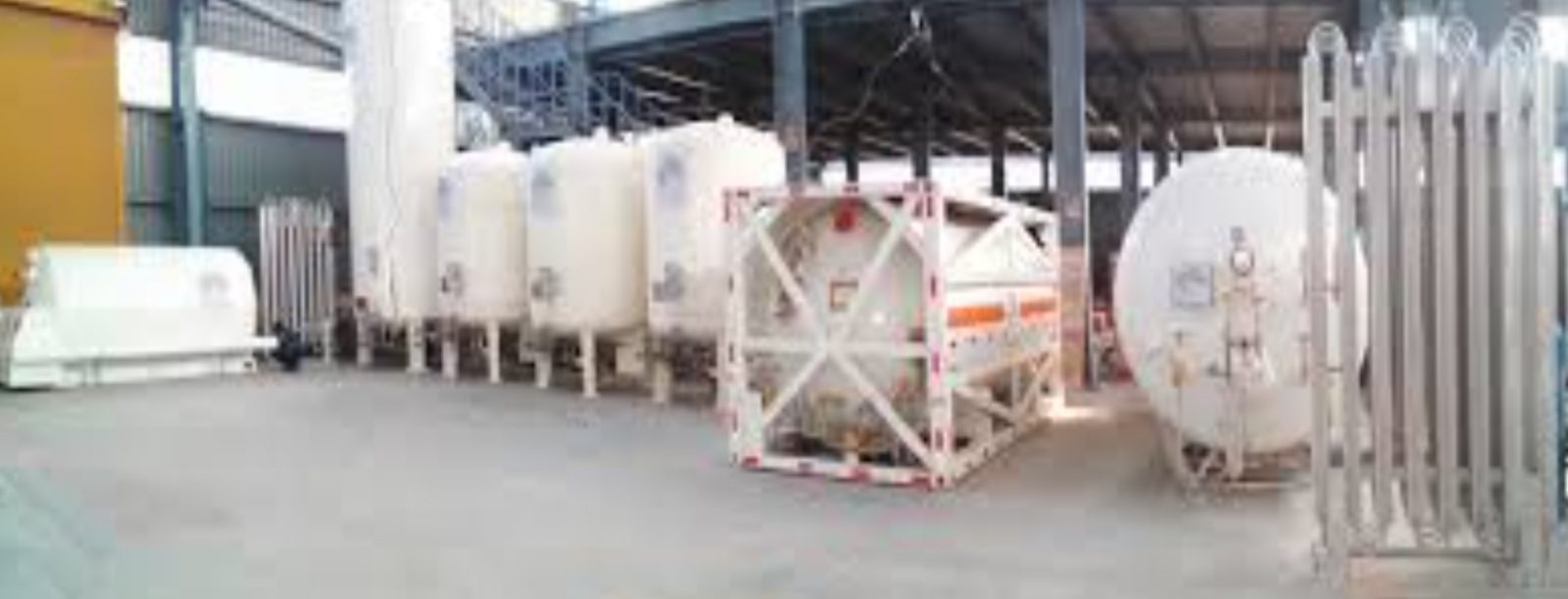Why Would Anybody Run a Nitrogen/Methanol System?
 Even after all these years of publishing “The Monty” we are still puzzled why some articles attract so much attention and others do not. For instance September 23 we had an article entitled Why Would Anybody Run a Nitrogen/Methanol System-the basis of the article was that Endo generators are a much more cost effective way of creating a furnace atmosphere as compared to a Nitrogen/Methanol system. Well as it turns out this is a hot topic for many, and we have received a very substantial number of comments, two of which are below. The first which comes from a fellow in the UK by the name of Rob Wilcox of Super Systems Europe, makes the point that you have to be running an Endo Generator to be competitive. The second from Joe Greene of Boeing in the US looks at the two technologies more from a technical aspect-both make for interesting reading.
Even after all these years of publishing “The Monty” we are still puzzled why some articles attract so much attention and others do not. For instance September 23 we had an article entitled Why Would Anybody Run a Nitrogen/Methanol System-the basis of the article was that Endo generators are a much more cost effective way of creating a furnace atmosphere as compared to a Nitrogen/Methanol system. Well as it turns out this is a hot topic for many, and we have received a very substantial number of comments, two of which are below. The first which comes from a fellow in the UK by the name of Rob Wilcox of Super Systems Europe, makes the point that you have to be running an Endo Generator to be competitive. The second from Joe Greene of Boeing in the US looks at the two technologies more from a technical aspect-both make for interesting reading.
“Endothermic Gas against Nitrogen Methanol – your competitive edge. Your service and quality are comparable to your heat treat competitor, so why is a potential customer going to choose you over them – PRICE. Heat treatment is a high energy process and there is a constant battle for efficiency while maintaining quality. You have streamlined your process flow, automated everything possible, highly maintained your equipment and your furnace utilisation is a dream. So where do you go next? Well, if you are using nitrogen methanol / propane as a process gas, then you could be at a huge disadvantage to your competitor. You may have seen articles which mathematically show that endothermic gas, is on average, 3-4 times less expensive than using nitrogen.
To illustrate this in the real world, we recently had a customer running several sintering furnaces using nitrogen / methanol and their average monthly spend was £16,000, including the tank rental and other costs. Fitting two refurbished endothermic gas generators, reduced this cost down to £3,500! The main concern we run across has to do with PPAP-will you have to re-PPAP components due to a process change? However, this can be overcome by installing a generator while the nitrogen is still in place. By changing some settings, it is then possible to switch process gases to run trials as required. A well refurbished generator will give years of service at a fraction of the cost of a new one. Customers’ staff can be involved in the project to enable them to familiarise themselves with the plant and features of its operation. Please contact me at [email protected], for a no obligation look at your options.”
“Nice cost analysis on endothermic atmosphere. Ipsen had one of these in spreadsheet format, back in the old days. Lotta folks wouldn’t know how to perform this analysis so as to trust the results. Recognizing that the intent was not to make this a lifelong endeavor, I would like to compare also the relative maintenance and capital costs. Endo should still win, but the ratio could change somewhat. It seems to be not all that well known that because N-M contains more carbon dioxide in the gas, it produces more intergranular oxidation. This tends to be of greater significance for higher alloys, especially those higher in manganese or silicon, and for deeper cases – which may be moot for components that are final ground after hardening.
N-M also is known for producing more soot, and because methanol cracks slowly at carbonitriding temperatures, N-M is more challenging to apply and consumes proportionally more methanol. Finally, consider that N-M is not the only direct-feed atmosphere. At an automotive plant, I remember seeing Holcroft pushers that used a direct-feed atmosphere, but the trade name of the atmosphere escapes me. Ipsen has marketed a fuel-air direct-feed atmosphere called Supercarb, with the fuel being flexible, but typically acetone, propane, or isopropanol. I have heard of Chinese companies skipping the air or nitrogen altogether and using pure acetone for direct-feed atmosphere. This results in greater carbon monoxide concentration, so hypothetically enhanced carbon transfer rate, but also more intergranular oxidation. I have no idea how they control carbon potential, if at all. Joe Greene, Boeing.”
Did you like this article? Click here to subscribe to The Monty.
Surplus heat treat equipment? Click here for a free appraisal and our help in selling it.


